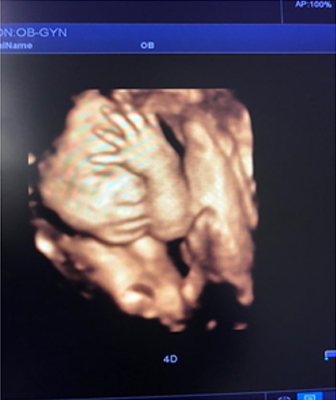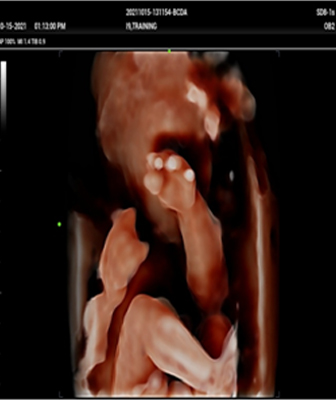In ultrasound new advances seem to come out every week. One of the best ultrasound advances that have come out is Mindray’s Zone Sonography Technology or ZST. Other manufacturers have similar features. Samsung has a beam forming technology called Crystal Beam, GE has the cSound Architecture on the Logiq E10. They are all designed to have extremely fast processing of data.
What is ZST exactly? The very short, simple answer is that it results in no focal zone. This is a huge win for the scanners who use the systems every day. It is based on Virtual Beam forming technology. However Mindray has been the industry leader in this area. Mindray produced a beamformer that is several generations ahead of other manufacturers.
To understand why this is significant we need to review the traditional way that images were formed for decades. Beam forming took place in the boards of the machine not in the probe. The probe sends out pulses and they bounce back from the tissues and then travel to the beam former. Then the beam former writes lines into an image. Rinse and repeat many times to make an image. This is slow and cumbersome. It has gotten the job done with reproducibility and accuracy but the capabilities were limited. To some extent the resolution was not as good either. Then there are the penetration and resolution conundrums.
Now we let the cat out of the bag and virtual beamforming came into being. How is this different? The single difference is that instead of forming lines to write an image, it forms images based on zones. Each zone contains several hundred lines. The speed used in this technology is extremely fast. The speed is up to ten times faster acquisition of data. This is all software driven which is then upgradeable. ZST has the benfit of having better resolution at deeper depths. This allows for pixel by pixel focusing and pixel by pixel frame sectioning. This software allows for less data loss at the transmitter and receiver level so that there is 90% of data retained for image processing and post processing. To make all this happen there is better hardware and increased CPU speed, increased graphics processing speed and programmable microchips. The other noteable thing about the VB is that it reduces side lobe artifacts. This increases clarity of the images.
This new wave of technology will carry us well into the next decades of the ultrasound industry. There will be new blood flow mapping technologies, new 3D and 4D capabilites and it will contribute to new AI programs for better diagnosis. The fast speed will allow for different methods of measuring in different planes at the touch of a button. What ever tech will come, we will be here to evaluate it and teach it.

3D without VB

3D with ZST
You can see the difference in the quality and realism of the babies.
References
Kremkau, Frederick W. “Your New Paradigm for Understanding and Applying Sonographic Principles.” Journal of Diagnostic Medical Sonography, vol. 35, no. 5, Sept. 2019, pp. 439–446, doi:10.1177/8756479319842078.
Mindray: Virtual Beamforming: and Industry First, 2019. Industry Presentation.


